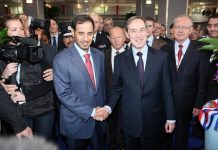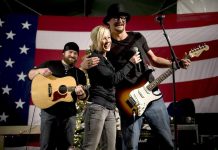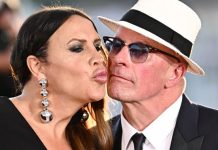American motorcycle culture represents a complex tapestry of rebellion and community, rooted in the aftermath of global conflicts. Evolving from wartime machinery to cultural icons, two-wheeled machines emerged as vehicles of personal freedom, carrying simultaneously rebellious ethos and mainstream commercial appeal[5][10][17].
## Origins and Early Development https://usabikers.net/
### Post-War Origins
American rider ethos crystallized amid the disorientation of returning WWII veterans. Military personnel familiar with the camaraderie of unit life pursued new fraternal organizations, resulting in proto-biker associations such as veteran-led motorcycle brotherhoods[5][13][17]. Post-war mechanical steeds, having proven their worth, evolved from war machines to cultural symbols, fostering century-spanning consumer devotion[5][11].
The notorious “American Motorcycle Association riot” thrust rider culture into public discourse, when a massive gathering overwhelmed a rural municipality, resulting in property damage and arrests. This episode cemented the outlaw biker stereotype in popular imagination, despite the majority constituting organized racing enthusiasts[10][13][17].
## Influential Biker Groups
### Legal vs. Extra-Legal Groups
The nation’s largest riding organization initially served as the regulatory authority over organized motorcycle sports. However, the association’s discriminatory membership rules—prohibiting non-white participants for decades—ignited the creation of alternative groups which opposed mainstream motorcycling norms[11][13].
The “Big Four” motorcycle gangs emerged as key players within this alternative landscape:
1. Founded 1948 in California[2][3][10]
2. “God Forgives, Outlaws Don’t” adherents[3][10][13]
3. 1959 Maryland origins[8][10]
4. Bandidos MC[3][10]
These collectives operate through strict hierarchical structures featuring titled leadership roles, with clubhouses often serving as fortified community centers[10][13]. Despite their controversial reputation, many chapters participate actively in charitable initiatives such as fundraising for social causes[8][10][15].
## Shaping American Identity
### From Silver Screen to Fashion Runways
The motorcycle rider image infuses American popular culture, from Marlon Brando’s iconic 1953 performance to contemporary streaming series. Such widespread influence manifests in:
– Apparel styles: Distinctive biker attire commercialized by brands like Biker Life USA and Bikers Lifestyle[4][12]
– Musical influences: Cross-genre musical connections embracing motorcycle-inspired visuals
– Literary works: Hunter S. Thompson’s *Hell’s Angels*[1][6]
Contemporary cultural studies emphasize the inherent contradiction of modern biker culture: simultaneously eschewing societal norms while being heavily commercialized via corporate sponsorships of major rallies[1][7][12].
## Contemporary Landscape and Challenges
### Current Trends and Future Directions
The motorcycle event calendar continues as fundamental to American biker culture, with 2025’s major rallies such as:
– Daytona Bike Week (Florida)[7][15]
– Sturgis Motorcycle Rally (South Dakota)[7][15]
– Arizona Bike Week (Scottsdale)[7]
Developing phenomena reconfigure the community:
– Increasing female participation via organizations such as [2][8]
– Digital adaptation with online coordination platforms[7][15]
– Environmental consciousness advocating sustainable riding practices[15][17]
Regulatory controversies continue, particularly regarding:
– Gang-related criminal activity and law enforcement strategies[10][13][17]
– Ethical corporate partnerships amid controversial revenue sources[8][17]
– Cultural appropriation concerns about biker imagery in mainstream fashion[4][12]
## Conclusion
US motorcycle society occupies a pivotal juncture, negotiating its nonconformist roots against modern corporate influences. As new generations adopt electric motorcycles and digital communities, the fundamental spirit regarding liberty and camaraderie persists—manifesting in inclusive memberships and progressive values. Future developments may involve greater legal oversight coupled with continued cultural relevance, guaranteeing motorcycling’s enduring place in America’s social fabric[5][10][17].




















